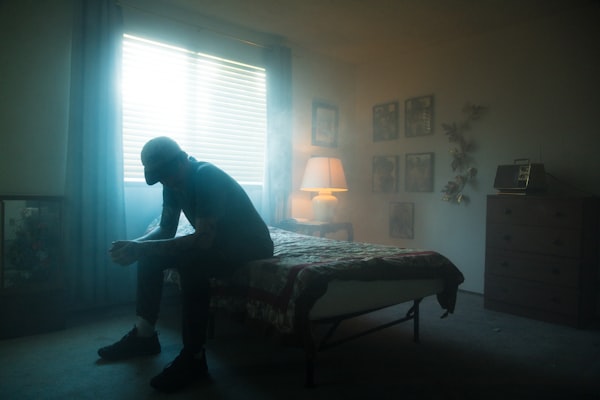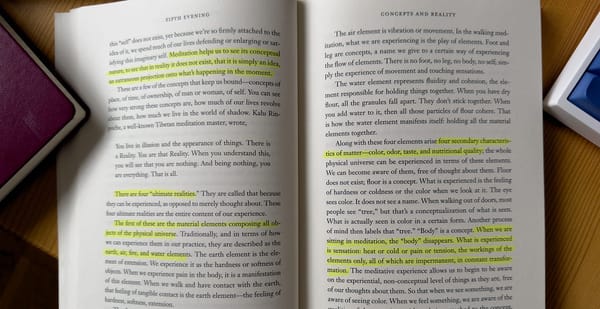20,000 Words: A Story About Writing A Story
The first attempt was an unmitigated disaster.
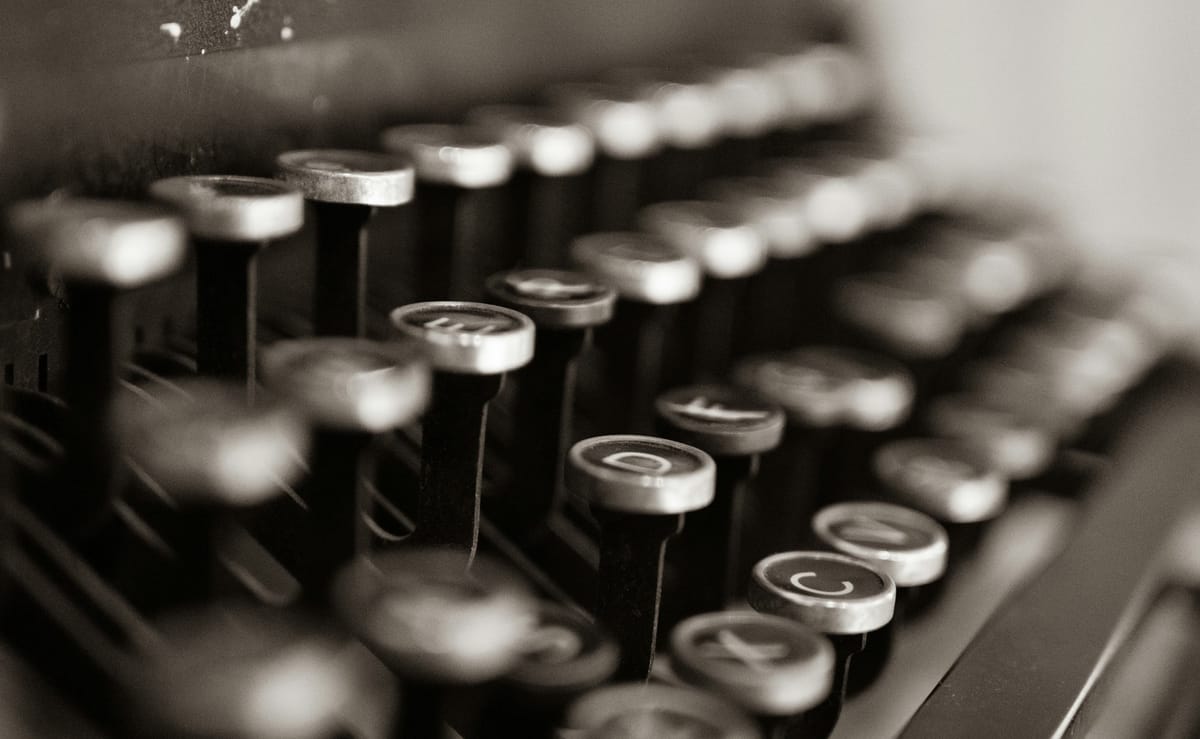
This is how my first novel is REALLY going...
The Challenge
I recently wrote this story about my plans to write a terrible novel. Of course, no one in their right mind would ever set out to write a terrible book, but I had the idea for what I think could be a great book, but I lacked the skills and experience to give that story the justice it deserves. So, I decided the only way I could improve as a writer was to write a novel. It has been a lifelong ambition of mine to sit down and tell a good story, and boy, did I have every excuse in the world not to do it. Did I want to be a writer or someone who talks about being a writer?
It was time to stop reading books about writing and start writing. So I set a (some would say, ridiculous challenge) I set out to write 100,000 words, and it would be before my birthday on May 3rd. (Roughly 1,000 words a day). (That’s 2024, for anyone reading this in the future)
I got to work.
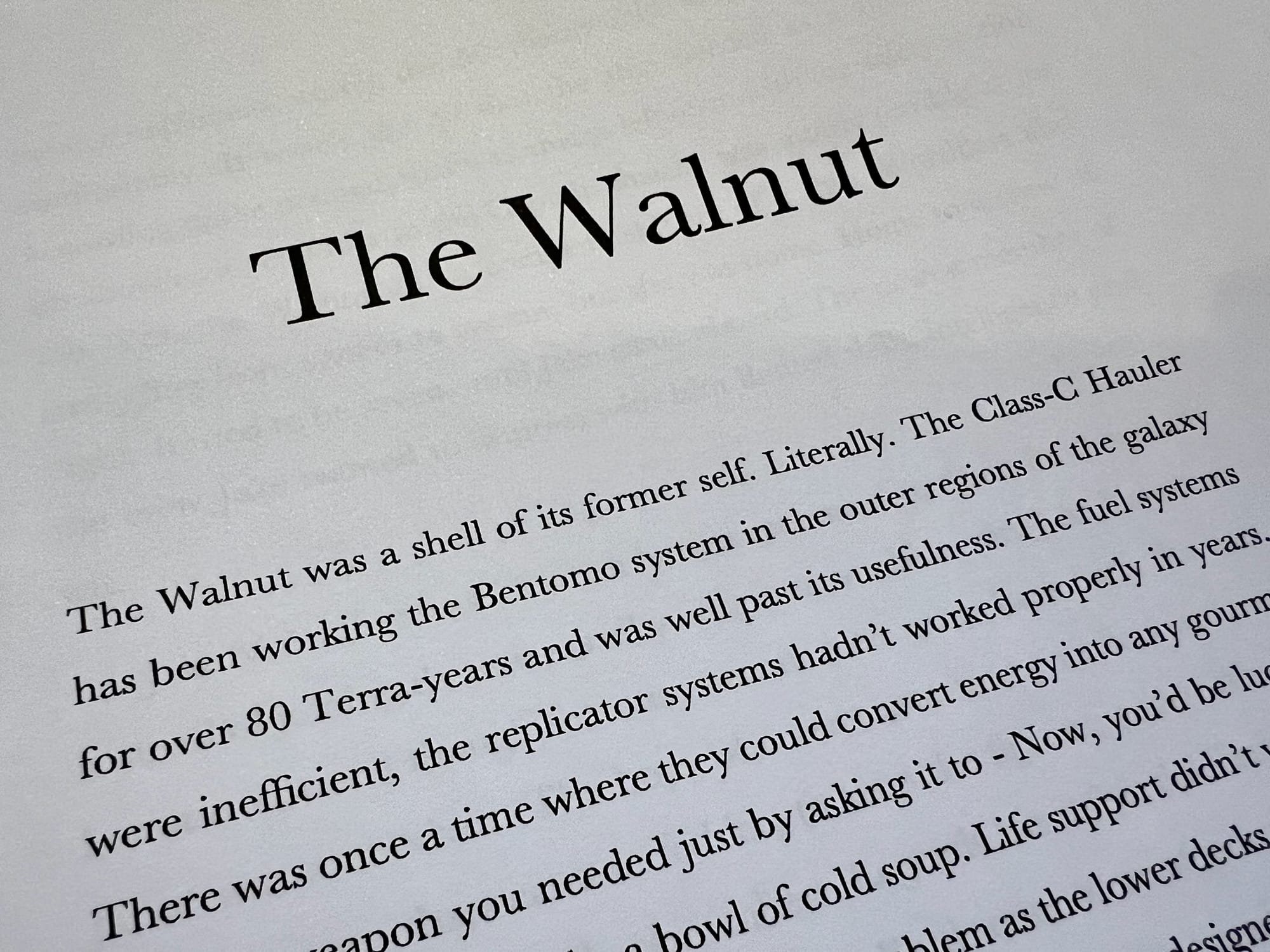
The Non-Starter
The first attempt was an unmitigated disaster. I’ll happily admit that. However, I can see the funny side! Luckily, my sense of humour over my inability to think with my fingertips is very much intact. I sat down on day one and started to type. I had no plan or story; I would write and see where it would take me. And it took me far, far away. It’s not quite a galaxy far, far away, but round the corner - past the shops. The story was set thousands of years in the future after the earth had been destroyed, and stories of Earth were nothing more than legend. The stories from Earth were lost to time, and the characters didn’t know what was true or just ‘a story’. I thought this was a decent premise for a story, and I still do. But what I liked about it was its scope. That was my first problem: who are these people? So, I needed to develop an alien race at war with another because there’s always a war in these stories. Who doesn’t love a good old trope to lean into, huh? I got lost in the descriptions, world-building, space stations, weaponry, and the search for the ‘ultimate weapon’ - Oh dear, Lord. I was nearly 10,000 words into my Magnus Opus to find that I’d got lost in the vacuum of space and was drowning in cliche. Each day, as I sat down to write, with no preparation, it was becoming more and more arduous to construct a sentence that wasn’t complete garbage. I had started writing a book, and to describe it as terrible would have been highly praised. Suffice it to say that the spaceship in my first attempt crashed and burned on its maiden voyage.

Starting Over
Starting over at this early stage wasn’t too much of a problem. I was still committed to a completion date of May 3rd, which is still in 2024 for those keeping score. But I had to stop and think. What is the story that I want to tell? I have dozens of stories in my head - as Stephen King would say in ‘On Writing’, I’ve located plenty of fossils in the ground (with a fossil being a story) - I need to excavate them carefully. The first fossil was removed with the grace of a bull in a china shop. The big question was, which I’ll repeat, What is the story I wanted to tell?
I’ve been keeping a traveller’s notebook in my bag for a while now; I have a passport-size one, so I can carry it everywhere without feeling like it’s bothering me too much. And I’d written a quick idea about two friends who travel together, and it’s frankly, bonkers. (I won’t go into specifics here). The idea was based on a conversation that my best friend and I had about ten, maybe twelve years ago. When I read that, I knew that was the story I wanted to tell. I had a beginning and a bit of a middle, but no ending. I knew my main characters very well already, as they’re based on people I know (the ones who aren’t going to get annoyed that I’m creating a fictionalised version of them, at least). I knew the cities where this story would take place (I’d been). Thanks to POV walking videos of cities worldwide and Google Maps street view, I could also retrace my steps from these locations and find those experiences locked somewhere in my long-term memory.
So, I started writing, using Ulysses as my application of choice. Unfortunately, for my needs, I needed to ensure that this story would not be written in the same manner as the failed last one; I needed to excavate this fossil very carefully. The clock was ticking, after all…
Moving to Scrivener
Ahh, Scrivener. I have always wanted to love you.
I’ve been playing with Scrivener for years, but despite it being probably the best piece of software for writing a novel, it’s a bit of a pain in the backside if you’re impatient and don’t read the manual. Ladies and gentlemen, yes, we’re back in cliche territory here because I did not read the manual.
Until now.
I watched some videos on YouTube and looked at the themes of the software - did you even know it had themes?! Honestly, give me yet ANOTHER reason to procrastinate, why don’t you? Jokes aside, I did spend an unfortunate, and some would say, ‘concerning’ amount of time playing around, making the damn thing look pretty.
But then I started to write.
I’d not done much planning at this stage, but I felt I needed to stop looking at a blank page and get some words down. There was a story in me that was bursting to come out. From a scrivener perspective, I’d planned so far as I’d broken the first part down to three locations; let’s call it the first act. Each location has three chapters. Inside those chapters, I’d not broken them down into scenes (which I should have; more on that shortly), but chosen to have story ‘beats’.
At this point, I still wasn’t using Scrivener to its fullest; it’s probably ‘emptiest’. But I got into the writing flow and was thinking about the book when I wasn’t writing. New scenes, conflict, major turning points - all those great moments we yearn for when reading a book. In writing this book, I aim to make the reader want to turn the page and keep reading. Frankly, I probably stole that quote from anyone who has ever written a book about writing. Sorry, not sorry. It’s true.
Then I hit 20,000 words and stopped to breathe for a second. Oh, shit.
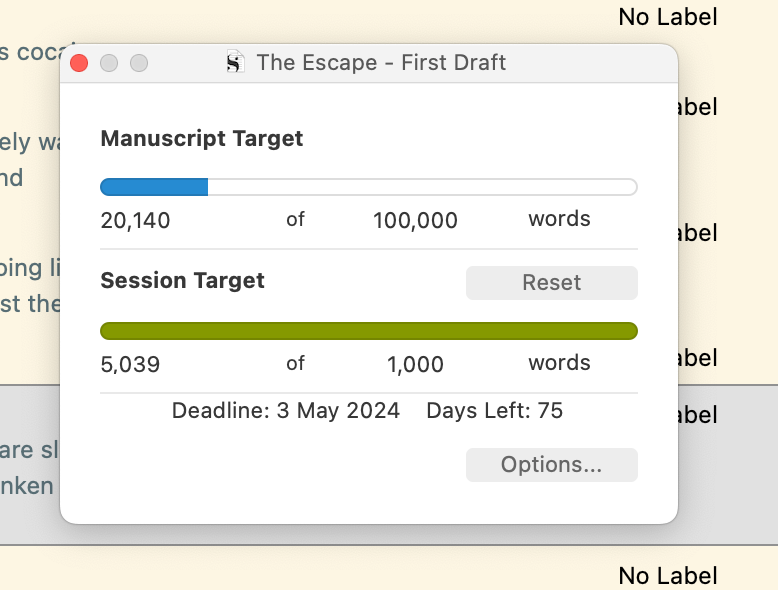
What I learned About How I Write
The problem that I discovered is that though I am clearly not a ‘pantser’ (A person who can write without an outline, lucky you), I also learned that when writing characters based on people I know, is that I had forgotten to - how do I say this without hurting my own feelings? - ahh, yes; I’d forgotten to make the people interesting. The lead characters are interesting to me, but as I read what I’d written back to myself, they were not that interesting.
From Chapter 3 in my book, they’re very interesting because, at that point, I’ve thrown in stuff for them to do. I’d thrown in actual conflict and problems that they needed to overcome. It took 50 pages before the story even started. I’d spent the first 12,000 trying to define who they are as a person without ‘telling’, so I’d show you. And show you some more, and if you hadn’t got that our protagonists are cowards and nerds, I’m going to show you them playing Dungeons & Dragons. For five pages. I know what you’re thinking - Oh, shit. Indeed.
But, no need to worry, it’s not all bad. There’s plenty of good stuff here. I’m not going to go back and rewrite just yet, but I am going to break up the chapter beats into scenes, and then I’ll note in the little notes bar in Scrivener what I’ll be changing - And that’s conflict, baby. Get someone to punch him in the face. That does happen, but trust me, it’ll work.
I’ve learned that I must have a specific map when writing. It’s not just A to Z; it’s A to B to C to D… you get the picture. The reason for this is that in this story, there are (will be) three main characters, each with their own arc. That’s important because the story is also set across three countries. Hence, I need to set out the motivation within the story and give it credibility as the characters move from one place to another. It was all in my head, but it needed to be down on paper. Which it wasn’t.
Research using Capacities
The other week, I was reading stories on Medium about writing. I love reading about other people’s experiences writing a novel or article and learning from their mistakes and methods. I love the process, just as I love looking at photos of people’s bookcases on Instagram. And I came across this article, written by fellow PKM enthusiast, Reka. She has outlined how she uses Capacities in the best way possible. She creates a Wiki for each novel; it’s not overly complex but allows her to have an easy-to-navigate system of collected notes and ideas. Credit to her, I have absolutely stolen her ‘Sparks’ concept. I haven’t even adjusted it. Copy. Paste. Cheers 🥂.
This has proven to be a tool that I use far more often than I expected. Maps, research, subplots, themes, character bios (with photos closely resembling the characters as I see them in my head) and everything in between. I still write handwritten notes when I’m out and about - but if I do think of something before I go to bed at night, it’s found its way into Capacities.
What I am not using Capacities for, though, is outlining the book. I could, but the tool for outlining in Scrivener is basically the boss of all outliners. I absolutely love it - now that I’ve read the manual.
How I’m approaching the next 80,000 words
I paused the writing for a few days and decided to outline my book. Not all of it, but the parts that I knew well, I broke them down into scenes. Each of those scenes needs to have a purpose. Why is it there? Why should you even care it’s there? What does it add? Is it moving the story forward in some way? If so, which way? This is important as the mistake that I learned from the first two chapters is that there was no reason for the reader to turn the page. Also, I’ve been making cards with sequences that will come later, but I’m not sure how they fit in just yet, so I have a folder of cards simply called ‘to be added later’. I also decided to break up the long chapters, one of which was 7,000 words, and look at Chapter best practices online. There’s a lot of information out there, and some will work for me, and some will work for you, but the one video that will work for everyone is this one:

This video, which is five years old is made by the writer, J. Zachary Pike. He is talking about how he uses Scrivener to outline his story. It is outstanding; it’s a simple guide where he uses tags to identify subplots and character arcs from each scene, and using the tools, he can focus on ensuring that each arc makes sense to the reader. It allows him to pace the story in a way I’d not considered.
My name is Anthony, and I am an outliner. It’s been about four hours since I outlined two new scenes. (Which I did during my lunch break earlier today)
How I’m feeling moving forward
The book is now coming along nicely; I keep referring to it as a book, as when I started this, but it’s not a book. It’s a story. I wanted to write a novel and improve my writing capabilities when I started. The goal wasn’t to tell a good story but to finish it. But as this writing challenge continues, I’ve fallen in love with the story I’m crafting. I feel that I will most likely not have the book completed by May 3rd as planned, although a two-week vacation to a villa in the Canary Islands is coming up, and I intend to spend a lot of time walking in the hills and writing the book, so I could make up for lost time. I have no expectations of how good or bad it will be; I will let others decide that, but what started as the project, “Just write the damn thing”, has turned into a passion project of mine. I think that my terrible book may not actually be that terrible after all.
In 20,000 words, I’ve learned about the sort of writer I am; I haven’t yet found my ‘voice’, but as I write more and more, I feel that it’s developing. This blog has been written from my gut, not my head. And that’s how I want my words to come across, not overly constructed to the point of insincerity or pretentious. I don’t want the person who may read ‘Escape’ (that’s the title, for now, anyway) to feel cheated or that they have been conned in some way. I’m learning.
And I love it.
Thanks for reading. I’ll see you at 50,000 words and will let you know how I’m getting on ❤️

